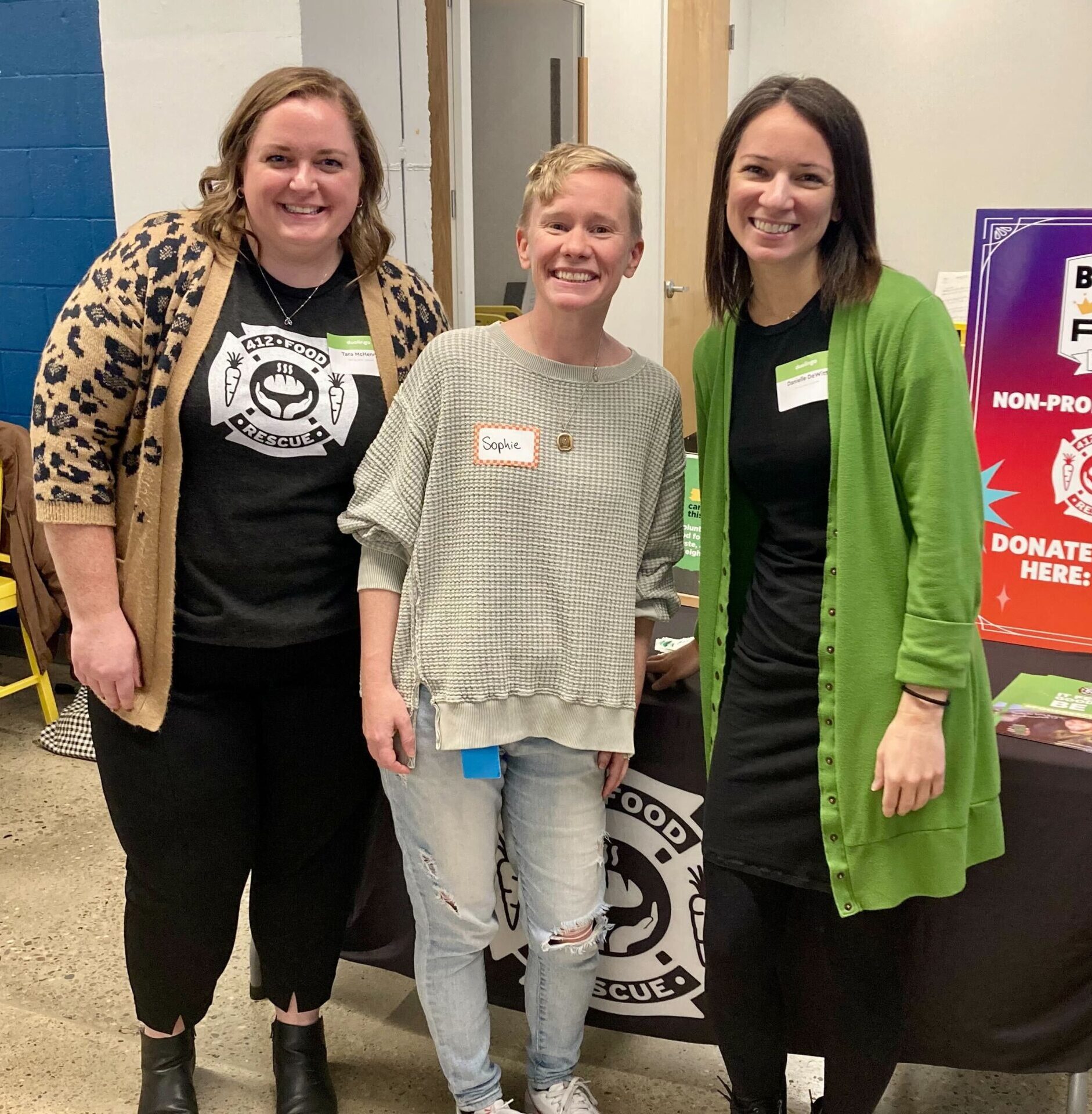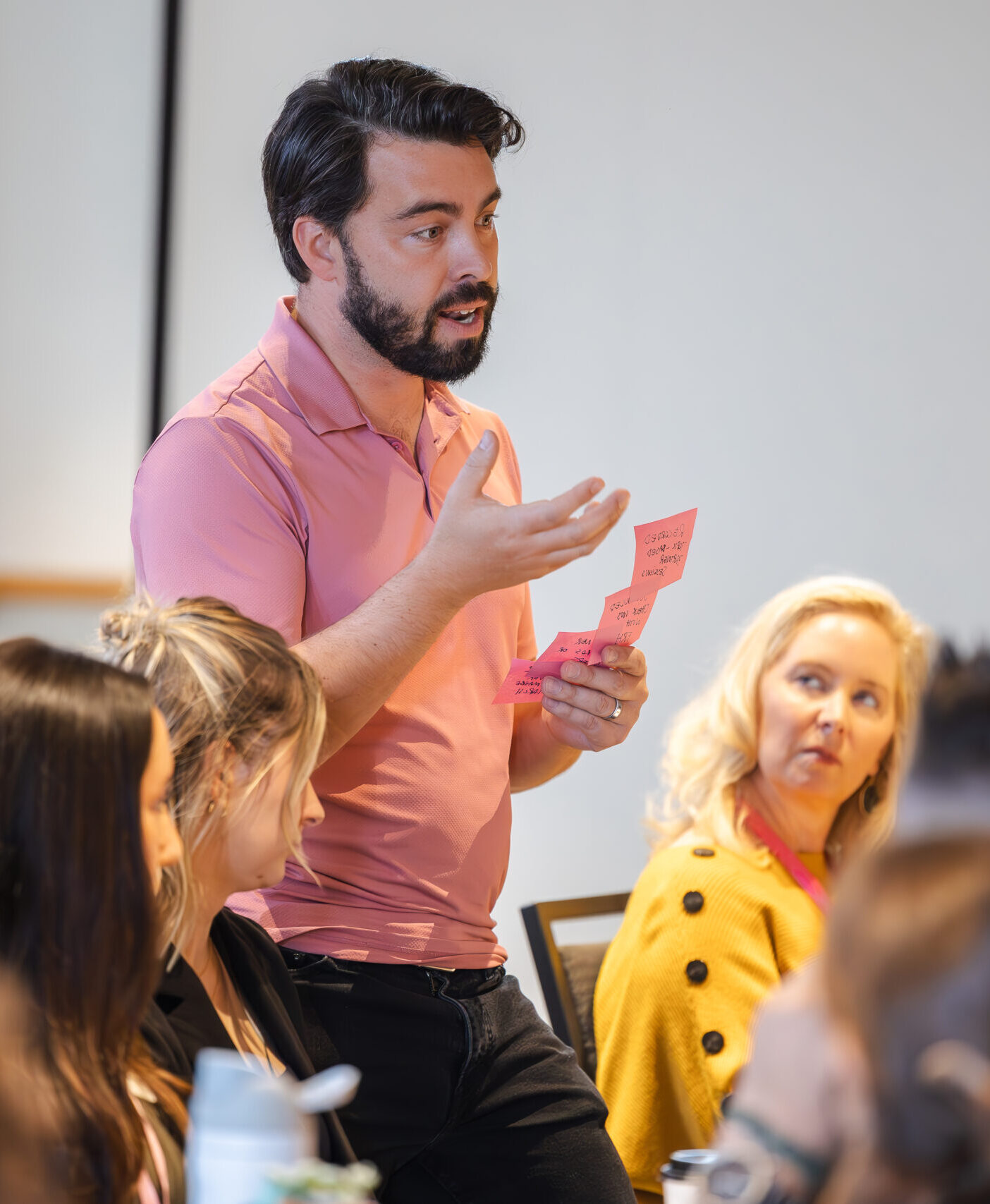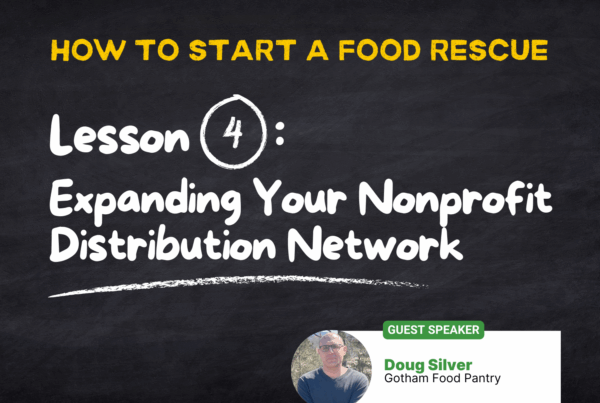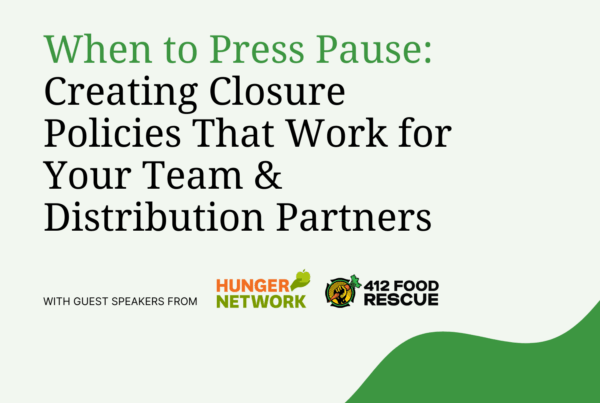A strong, engaged board can be the secret ingredient to a nonprofit’s success. When board members are fully invested, they bring in new donors, forge partnerships, and offer their professional expertise to push the mission forward. But keeping a board active and engaged isn’t always easy.
In our February webinar, “Maximizing Your Board’s Potential: Turning Ideas into Action”, we brought together three experts who know what it takes to build, sustain, and/or contribute to a high-impact board:
- Deb Desjardins from Advancement Advisors Group
- Jon Meck from Bounteous, and a board member for Food Rescue Hero
- Heather Stewart, CEO of Kentucky Harvest
Watch our February 2025 webinar:
"Maximizing Your Board’s Potential: Turning Ideas into Action"
The Importance of Board Engagement
A board that’s all-in makes all the difference. They don’t just show up to meetings – they open doors to new opportunities, spread the word about your cause, and help secure crucial funding. When they’re fully engaged, they become some of your nonprofit’s best ambassadors, connecting with new donors and bringing valuable skills to the table, whether in finance, HR, tech, or legal matters.
But how do you ensure your board stays committed and involved? It all starts with making sure they feel connected to the mission.
Connecting Board Members to the Mission
For a board member to be effective, they need to feel personally invested in your cause. Here are a few ways to strengthen that connection:
- Get them involved in hands-on volunteer experiences, like food recovery and distribution.
- Share impact stories and key data during board meetings.
- Organize visits to partner organizations and communities you serve.
- Start every board meeting with a Mission Moment—a short but powerful reminder of why their work matters.
- Invite beneficiaries to speak at meetings or events to bring the mission to life.
When board members see the impact firsthand, they’re more likely to step up in meaningful ways.
Setting Clear Roles and Expectations
An engaged board starts with clarity. Every board member should have a clear understanding of their role, including:
- A well-defined job description that outlines expectations, including financial contributions.
- Specific annual goals, such as introducing new donors or bringing guests to fundraising events.
- An annual meeting with the CEO/executive director to assess their involvement and leadership potential.
With clear expectations in place, board members are more likely to stay committed and take ownership of their role.
A Board Engagement Plan is a Game Changer
Let’s face it – many nonprofits, especially small ones, don’t have the bandwidth to create a formal board engagement plan. But the reality is, having a structured approach is one of the best predictors of nonprofit success. A strong engagement plan should include:
- A clear structure: Who’s responsible for executing which tasks? Is it staff, board committees, or both?
- Priorities and timelines: What’s the focus for the year, and what’s the timeline for achieving key goals?
- A fundraising focus: How will the board actively contribute to donor engagement and financial sustainability?
Having a plan ensures that board members stay proactive, rather than reactive, in supporting the organization’s mission.
Fundraising: The Board’s Secret Superpower
One of the most crucial aspects of board engagement is fundraising. Many board members shy away from it, often because they think it means awkwardly asking for money. But fundraising is so much more than that. It’s about inviting others to be part of something bigger and to create meaningful change in their community.
Reframing the Board’s Role in Fundraising
Board members uniquely contribute to fundraising success by taking on roles such as:
- Ambassadors – Building relationships and introducing new supporters to the organization.
- Connectors – Leveraging their networks to bring in new donors and partnerships.
- Solicitors – Engaging with donors and securing financial contributions.
- Stewards – Ensuring donors feel valued and appreciated, which improves donor retention.
Since donor retention is five times more cost-effective than acquiring new donors, board members play a crucial role in keeping supporters engaged and appreciated by expressing gratitude and keeping supporters informed about the impact of their contributions.
Conclusion
Building an engaged, high-impact board doesn’t happen overnight- it takes intention, effort, and a solid plan. But when board members are truly connected to the mission, have clear expectations, and embrace their role in fundraising, they can transform the future of your nonprofit.
By implementing these strategies, your board won’t just participate – they’ll lead your organization toward bigger impact and success!








